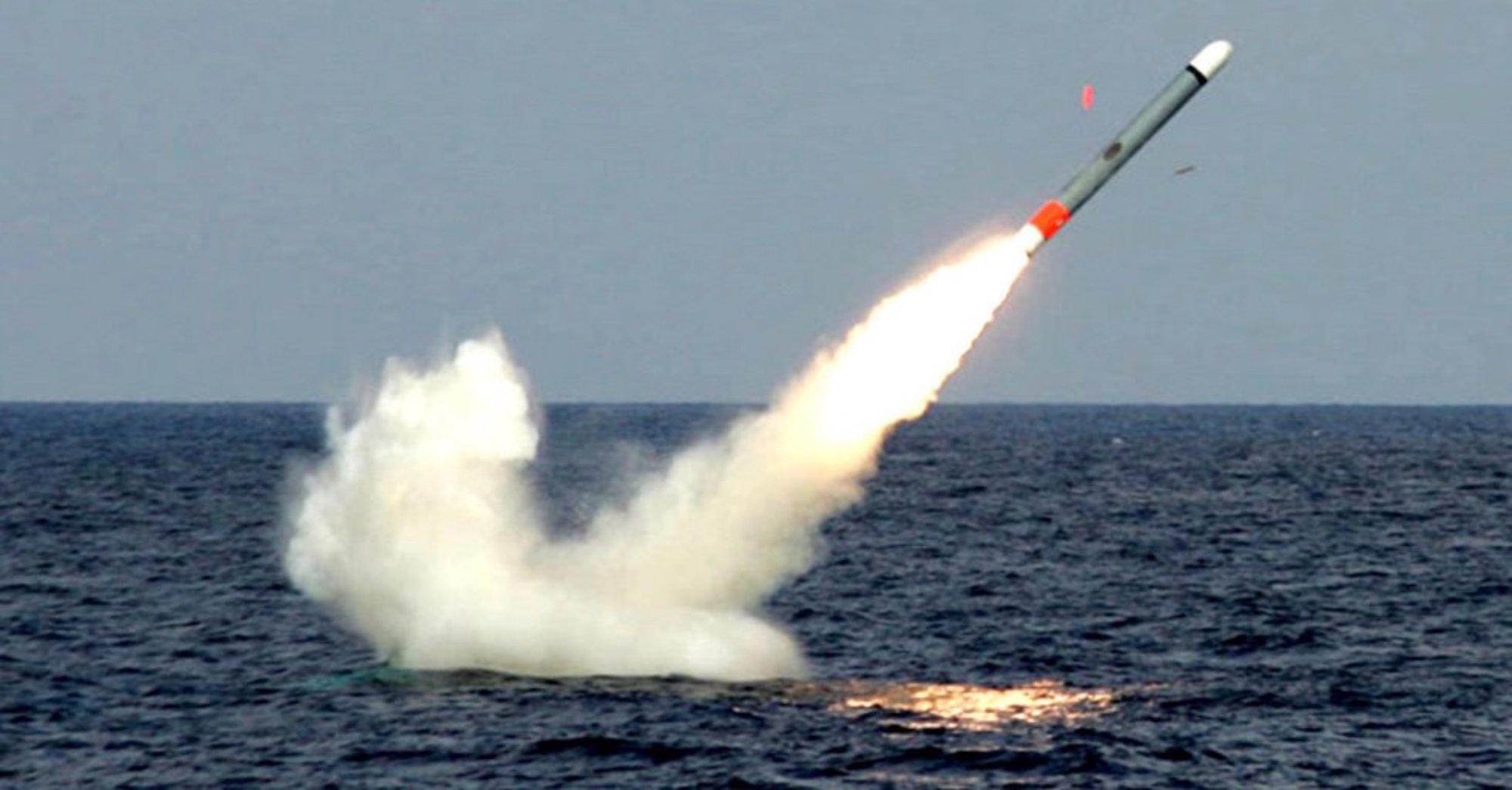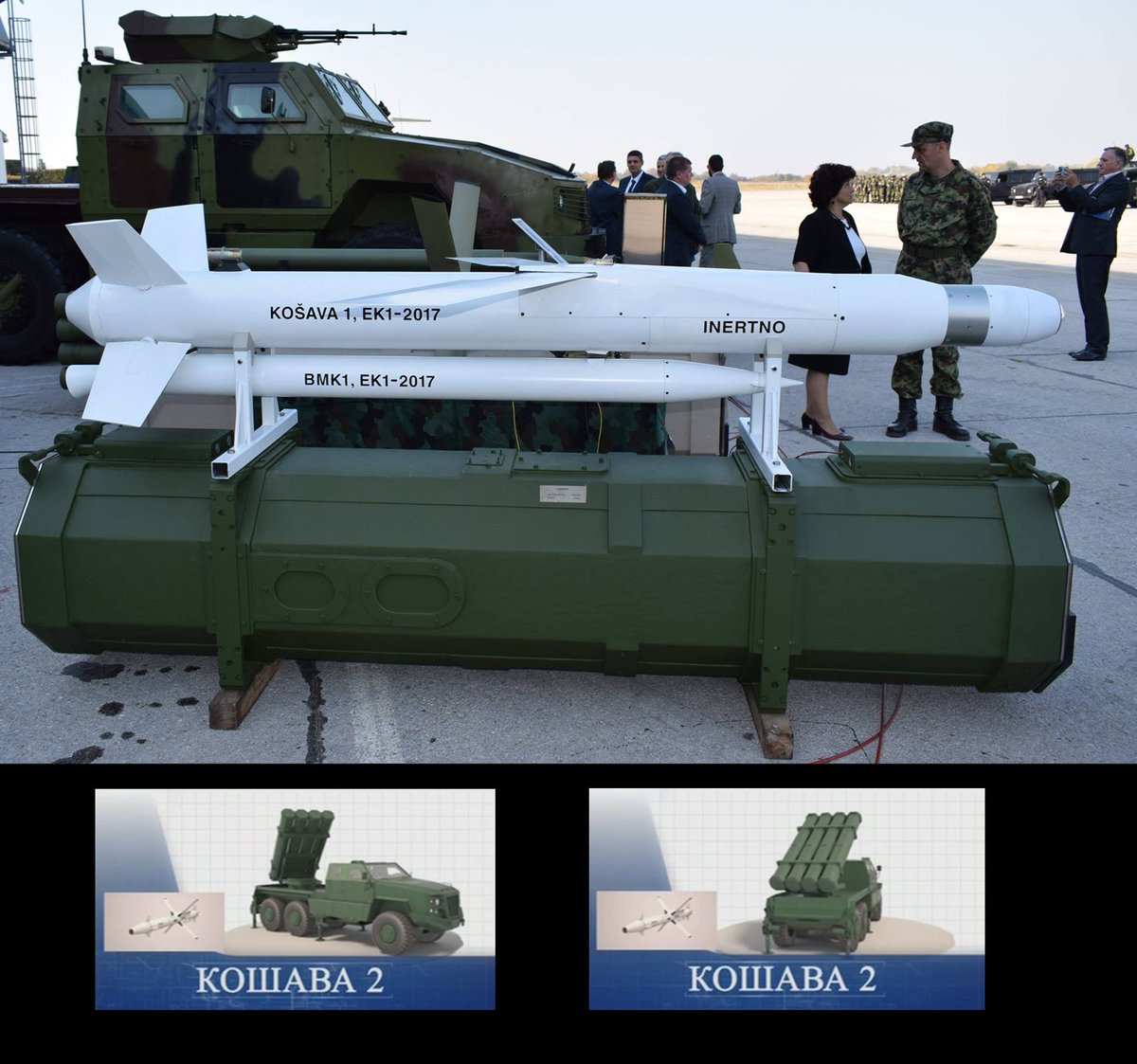Table Of Content

The United States Navy reports that over 2,300 Tomahawks have been deployed in combat, with that number increasing by the day. What is presented below are the unit costs, rounded to the nearest dollar, that the Navy expects to pay for these weapons in the 2021 Fiscal Year as they appear in the official budget documents. To defend shipping in the Red Sea, U.S. naval assets must defend larger areas, rather than a specific point target. This requires interceptors with longer ranges to increase the area of protection of any individual ship.
Netherlands, Lithuania to Practice Patriot Air Defense Systems in Eastern Flank Exercise
Tom Karako, an expert in missile technology with the Center for Strategic and International Studies, agreed that cost is a big advantage of Tomahawk, especially for low-end missions. According to budget data from the United States Marine Corps from 2022, each Tomahawk costs around $2 million. As of now, the United States and the United Kingdom are the only countries to deploy Tomahawk missiles, although Australia and Japan have put out bids to purchase Tomahawks. The Tomahawk missile itself is a 20.3 foot long craft with a wingspan of eight and a half feet, and it weighs 3,330 pounds with all of its components. It's powered by both a rocket booster and turbofan jet engine made by Williams International.
Executive Ed Navigation
Likewise, Congress should ensure that the Department of Defense does not generate such onerous military requirements for the SLCM-N that the perfect becomes the enemy of the good. This page analyzes the destructive cost of different missile warhead payloads. It provides an estimated range of explosion with estimated medical, fiscal, and humanitarian costs for each of the payload types. The U.S. Navy plans to upgrade a whole lot of Tomahawk land-attack cruise missiles. The Tomahawk (/ˈtɒməhɔːk/) Land Attack Missile (TLAM) is a long-range, all-weather, jet-powered, subsonic cruise missile that is primarily used by the United States Navy and Royal Navy in ship and submarine-based land-attack operations.
How Iran’s attack on Israel was stopped - The Guardian
How Iran’s attack on Israel was stopped.
Posted: Mon, 15 Apr 2024 15:51:00 GMT [source]
Breaking Defense In your inbox
Naval Air Systems Command (NAVAIR) issued an RFI (request for information) for possible offerings for what it calls a Multi-mission Affordable Capacity Effector (MACE) system in early February. MACE would be a long-range cruise missile that can be rapidly prototyped, manufactured en masse and be ready to begin fielding by Fiscal 2027. In 2017, Raytheon’s Tomahawk program manager told reporters at an event at the missile plant in Tucson, Ariz., that the navigation system upgrades will ensure the missile can strike targets even if GPS is taken down.
Enterprise-wide training: the Army’s $3.5B program for multi-service combat readiness
The submarines USS Louisville and USS Pittsburgh launched Tomahawks in 1991 at targets in Iraq and became the first submarines to fire Tomahawks while submerged. It's important to note that individual unit prices can vary from year to year due to a number of factors, including the economies of scale of placing larger or smaller orders. As such, the estimated price point for certain missiles may even be significantly different just between purchases made through the base budget and the supplemental Overseas Contingency Operations (OCO) budget. 600L of a liquid agent would be an approximate payload for a SRBM, with a 130m initial impact contamination range and droplet spread increasing to 540m. This type of payload can also be used in an airburst form to spread for longer distances at a greater height, with an initial impact contamination range of 400m and droplet spread increasing to 1500m. But that number is set to fall as the fleet upgrades some missiles and disposes of others.

Guidance and control
It was designed to be launched from ships or submarines and was, from the outset, made with nuclear payloads in mind. However, nuclear-armed Tomahawks have not been used in combat and are currently deactivated. L3Harris received $121 million on Jan. 14; and Northrop Grumman $155 million on Jan. 22. There are forces at play—bureaucratic, budgetary, and programmatic—that could stymie the SLCM-N if Congress does not keep an eye on its progress and, at times, push its development in certain directions. For example, US lawmakers should press officials to examine the suitability of existing missiles, or those under development, as starting points to build from. This could help control the potential for high costs and extended schedules.
Royal Navy
Originally produced by General Dynamics, Tomahawk is currently manufactured by Raytheon. Two other aspects of the usual cost exchange ratio comparison should also be considered. In the first instance, the difficult decisions made by air and missile defense operators cannot be captured by a simple accounting exercise of comparing the cost of the weapons being fired. Air and missile defense engagement decisions are far more complex than choosing an interceptor that is of similar cost to the attacking missile. All else being equal, operators on the ship are likely to choose the cheapest possible option to successfully engage a threat.

Programs & Projects
The development of hypersonic missiles could, however, push out the Tomahawk down the road as the technology gets more advanced and of a size compatible with the Navy’s ubiquitous Mark 41 VLS launcher. With all the emphasis on supersonic and hypersonic missiles and with the improvements in air defenses, that might make Tomahawk seem like a fuddy-duddy by comparison. The actual payload of the Tomahawk can consist of a number of different munitions.
Chemical agent payloads are one of the four that can be applied to missile warheads. Chemical agents are the simplest to produce while being fast acting and highly lethal, making them great threats from state and non-state actors alike. North Korea is known to possess large quantities of nerve agents, as well as other various types of chemical weapons. VX Nerve gas is one of the most lethal agents, causing death within minutes.
In 1944, during World War II, Germany deployed the first operational cruise missiles. The V-1, often called a flying bomb, contained a gyroscope guidance system and was propelled by a simple pulsejet engine, the sound of which gave it the nickname of "buzz bomb" or "doodlebug". Accuracy was sufficient only for use against very large targets (the general area of a city), while the range of 250 km was significantly lower than that of a bomber carrying the same payload. The main advantages were speed (although not sufficient to outperform contemporary propeller-driven interceptors) and expendability. Bomber-launched variants of the V-1 saw limited operational service near the end of the war, with the pioneering V-1's design reverse-engineered by the Americans as the Republic-Ford JB-2 cruise missile. Since the 1980s, the United States has invested considerable resources to develop and field ballistic missile defenses to protect the U.S. homeland from attack by long-range ballistic missiles.
The Raytheon Tomahawk SLCM has an estimated unit cost of $2.9 million, while the Lockheed Martin AGM-158 JASSM-ER LACM has an estimated unit cost of $2.5 million. The purpose of this article is to provide an in-depth analysis of cruise missile costs. We will look at the variables that influence the cost of cruise missiles, examine different types available, and explore the cost of launching them. We will also discuss the financial impact of cruise missile technology, including its potential benefits and risks. At the same time, the study also raises questions about whether adversaries would chose expensive land-attack cruise missiles (LACMs) rather than cheaper alternatives (such as existing ballistic missiles) to strike US territory.
[+] (VP) 8, deployed with Commander, Task Force (CTF) 57, directs the on load of an AGM-84D harpoon missile onto a P-8A Poseidon aircraft during a proficiency exercise in the U.S. 5th Fleet area of operations, Dec. 9, 2020. “Between Tomahawk Block V, the SM-6 and the NSM, the Navy has a collection of attack weapons that they are happy with,” he said, adding that a long-running effort to develop a next-generation land-attack weapon has lost some of its urgency. The first iteration of the Block V upgrades the missile’s communication and navigation systems. This is about making it tougher to counter and detect electronically, said Bryan Clark, a retired submarine officer and senior fellow at The Hudson Institute. WASHINGTON – The U.S. Navy test-fired its new Block V Tomahawk from the destroyer Chafee in December, introducing the newest generation of the venerable Tomahawk cruise missile to its arsenal.
“If the U.S. continues to utilize Tomahawks at historically average levels ― the U.S. Navy might need thousands of missiles over the next decade or more,” Jonathan Bergner wrote at Defense News. At AUSA Global Force 2024, IAI will present integrated, AI-driven combat systems – both manned and unmanned – that are opening new opportunities on the battlefield. Whoever that might include will have to assure enough capacity and do so quickly if MACE is to be fielded by Fiscal 2027 in both high numbers and at low cost per missile. The RFI indicates that the missiles will need to be compatible with external carriage on the F/A-18E/F Super Hornet as the “threshold platform”. They’ll need to fit with internal and external carriage options for the F-35A/C as well.
This alert was in response to the crisis posed by the Soviet attack on Hungary which suppressed the Hungarian Revolution of 1956. During the Cold War, both the United States and the Soviet Union experimented further with the concept, of deploying early cruise missiles from land, submarines, and aircraft. The main outcome of the United States Navy submarine missile project was the SSM-N-8 Regulus missile, based upon the V-1.
Shorter-range interceptors are cheaper, but also can only provide defenses to a smaller area around the ship. These cheaper interceptors are useful for defending the ship itself from attacks but cannot provide the area-wide coverage to also defend shipping vessels. The US Air Force innovation arm AFWERX is holding a competition to develop low-cost cruise missile variants. After the collapse of the Soviet Union, the most recent cruise missile developed was the Kalibr missile which entered production in the early 1990s and was officially inducted into the Russian arsenal in 1994.


No comments:
Post a Comment